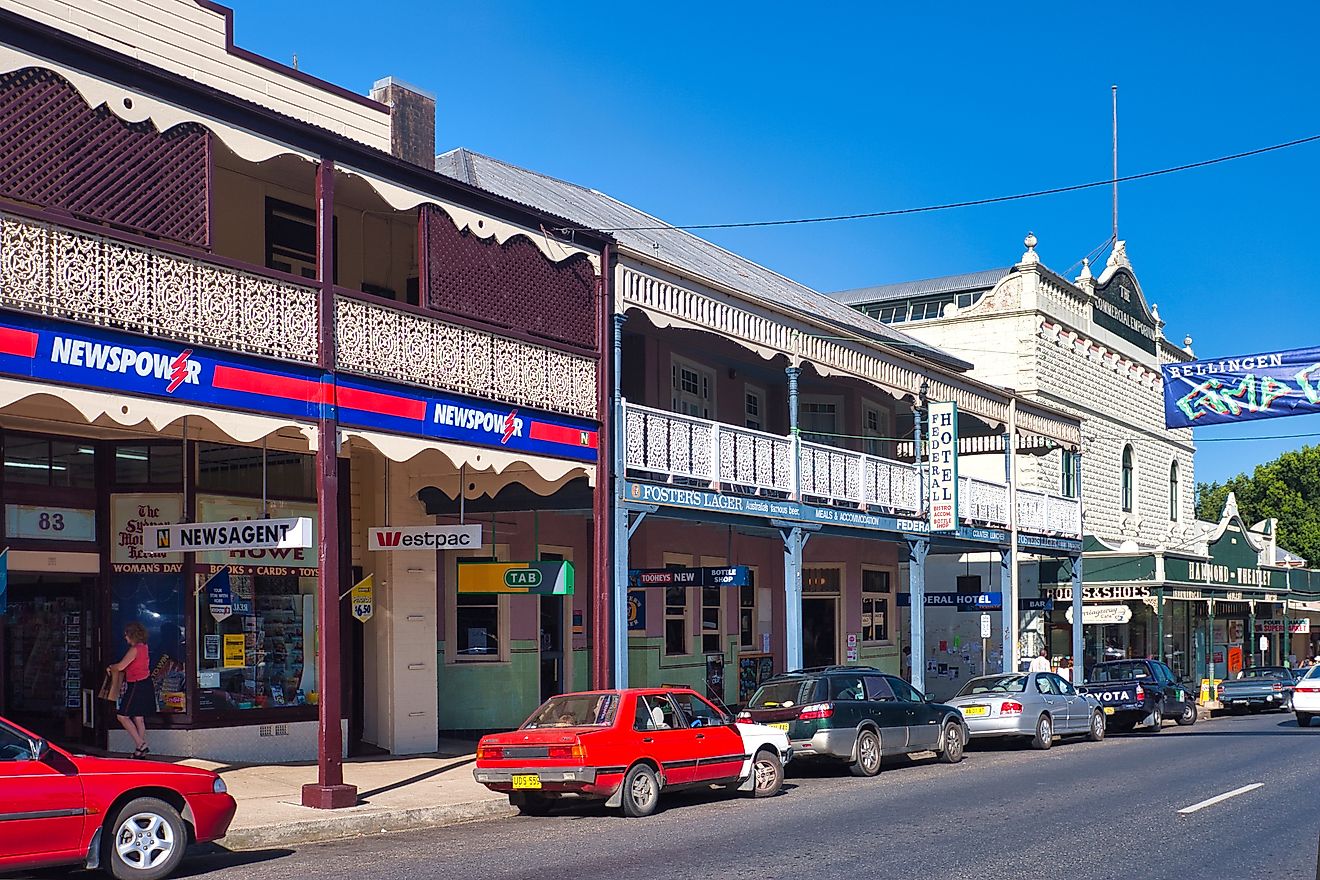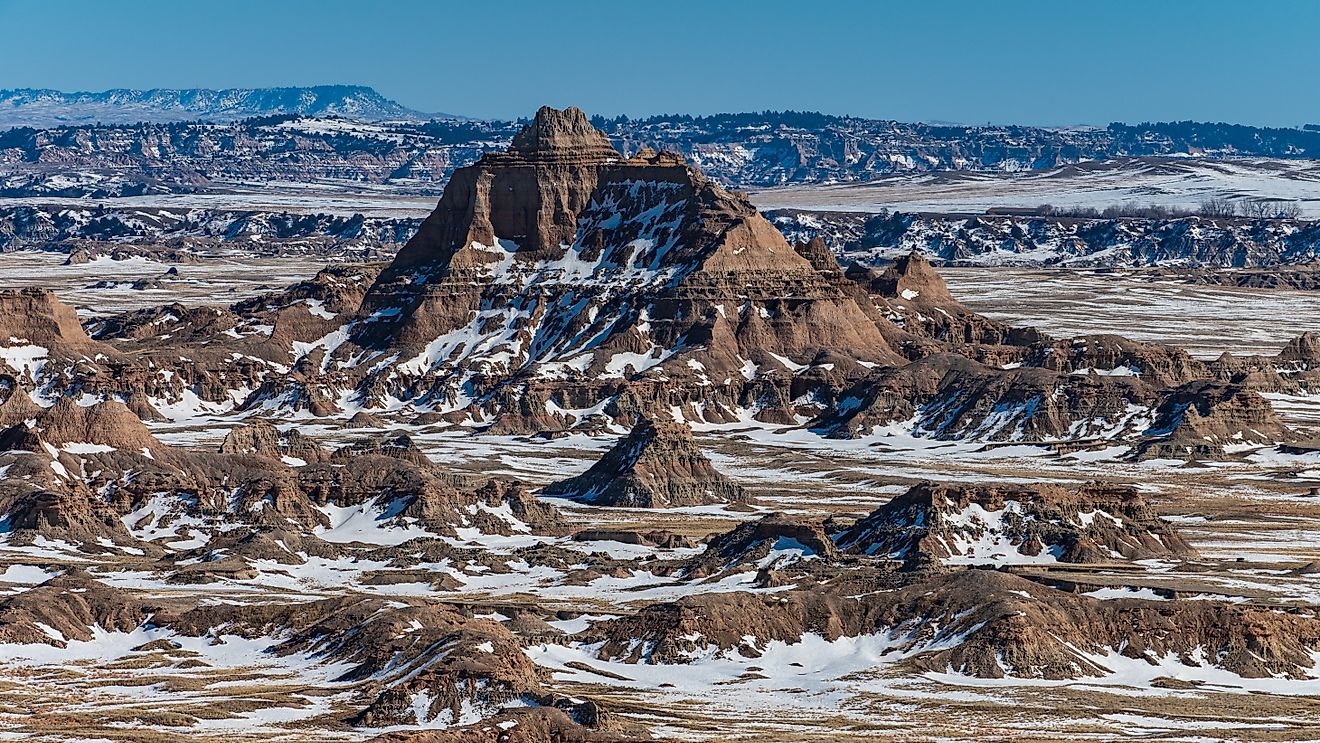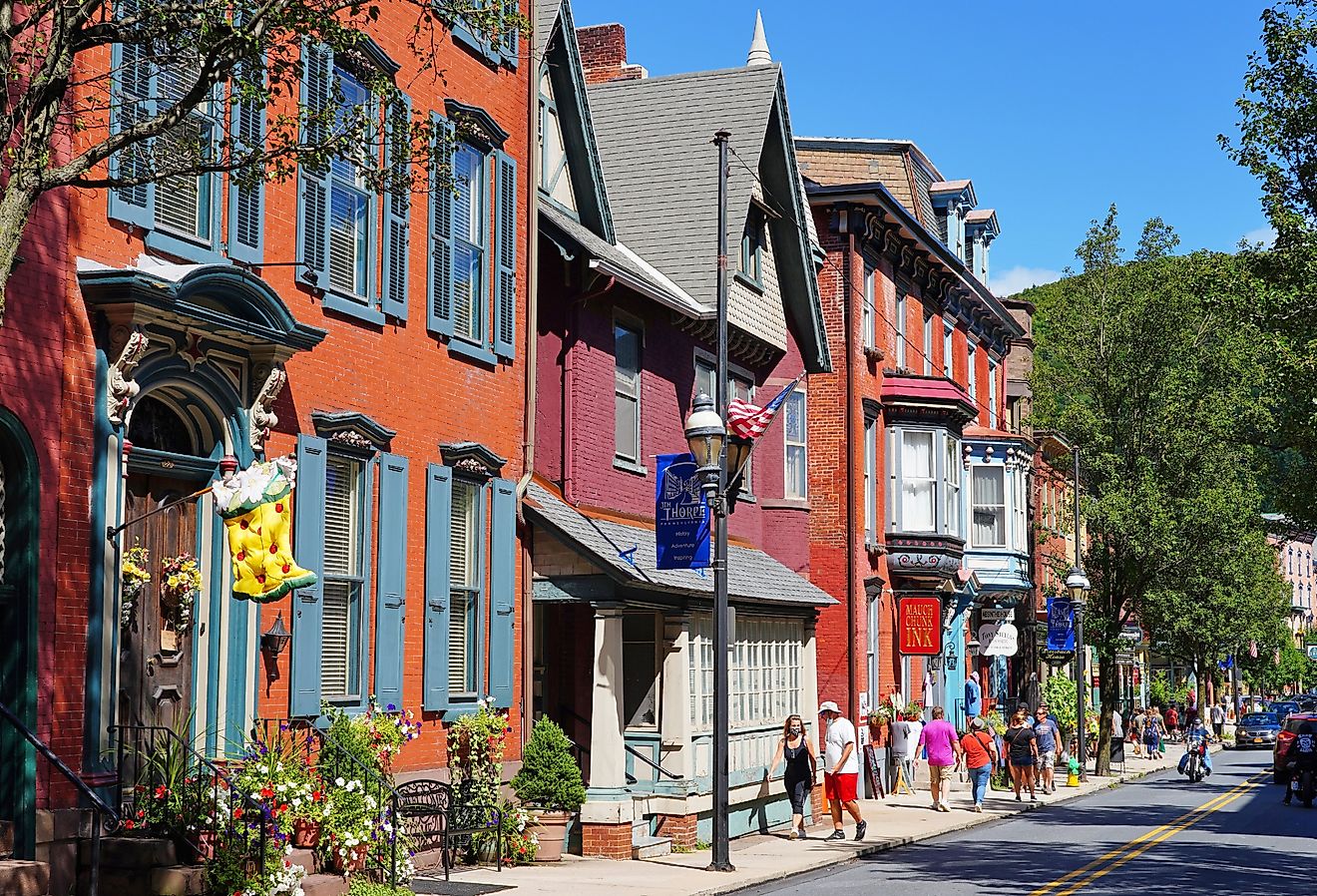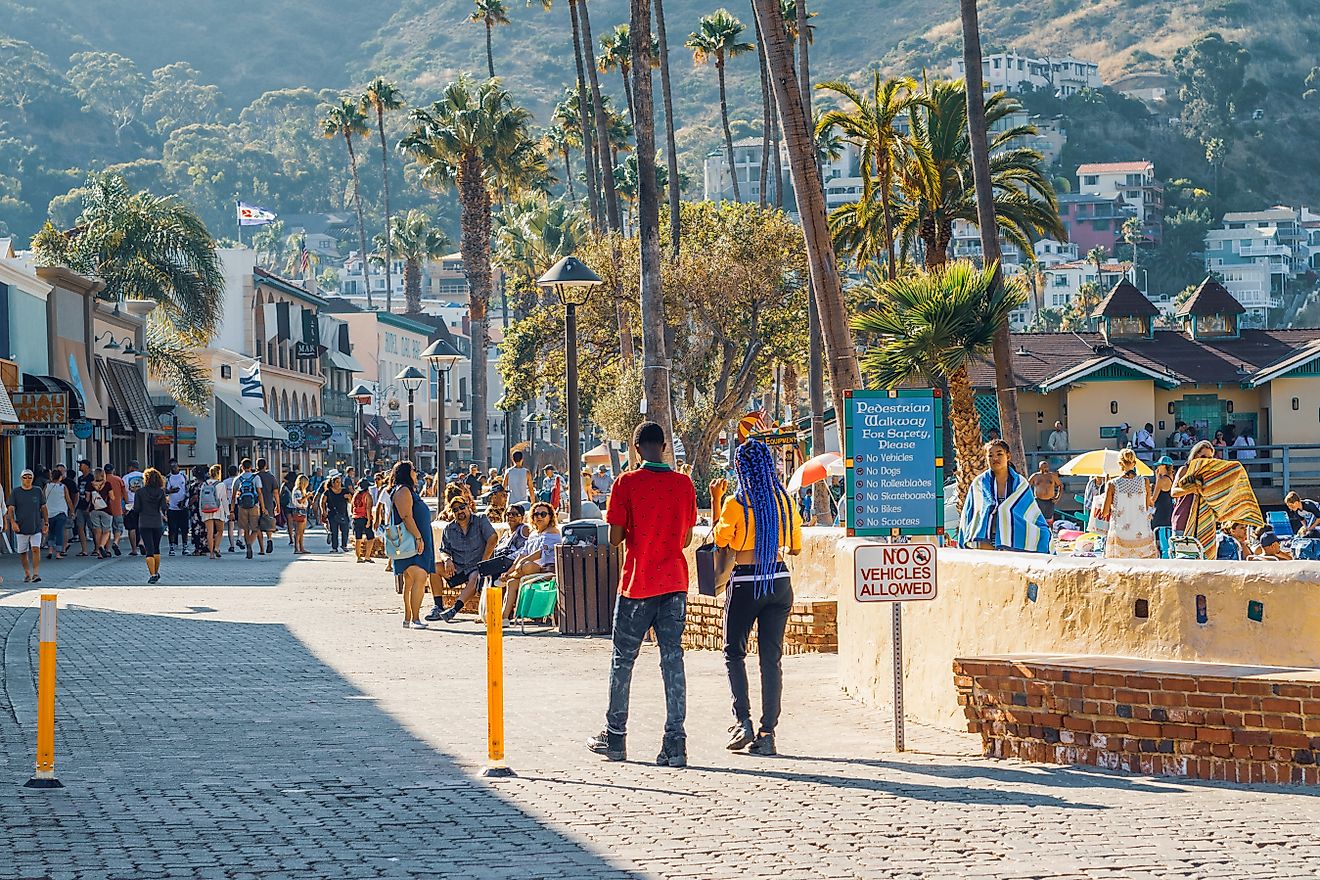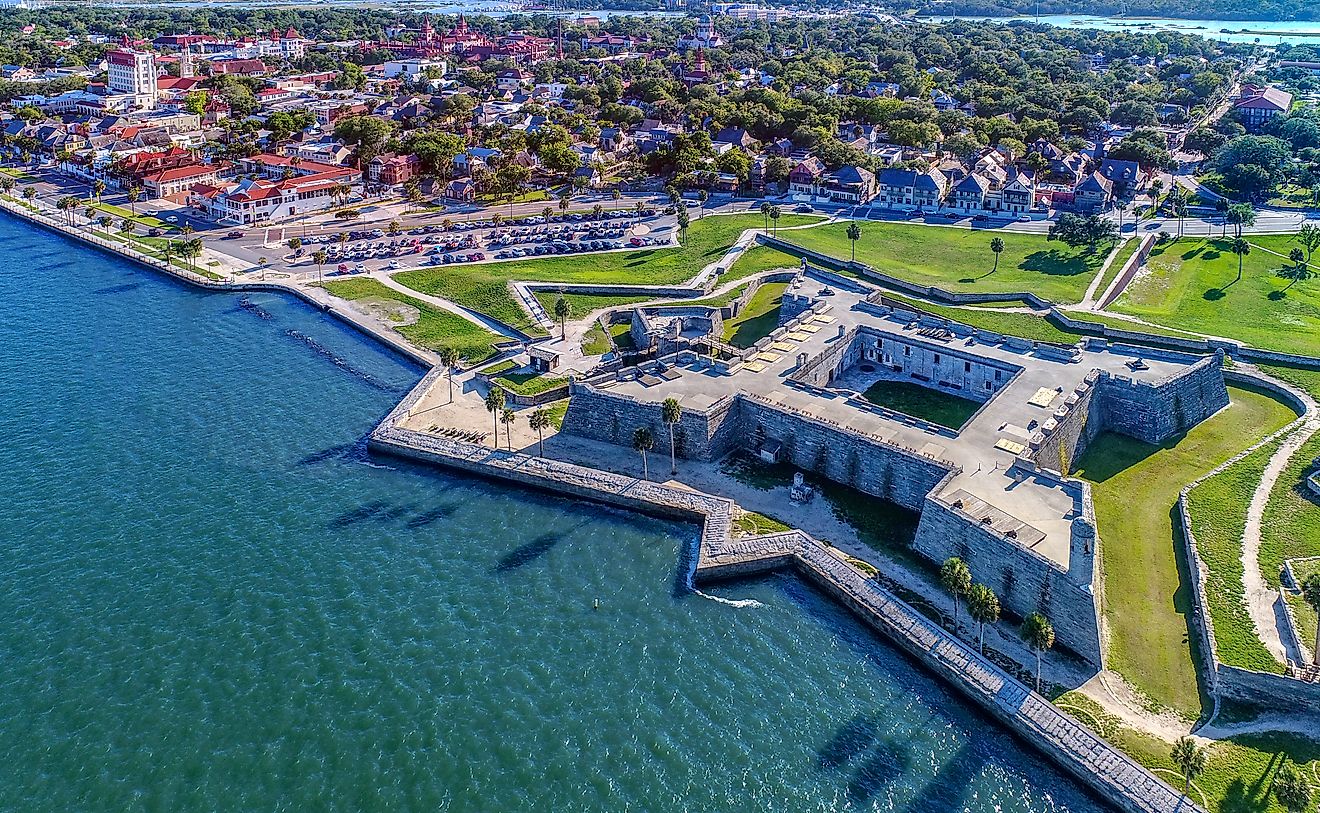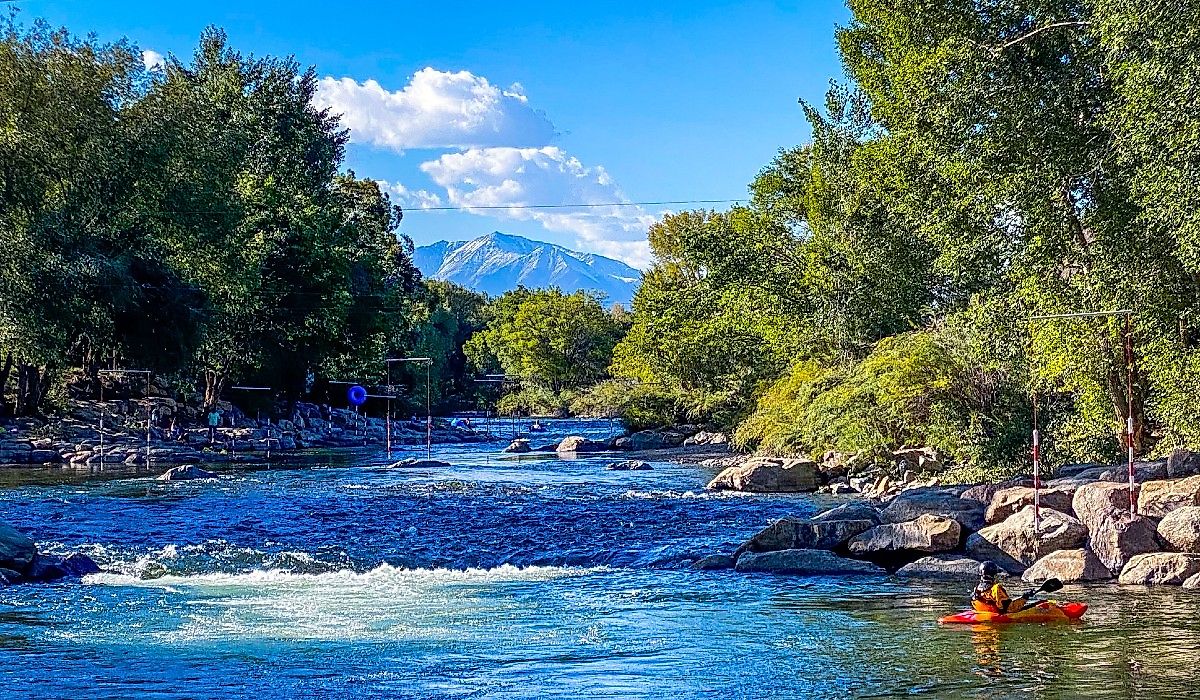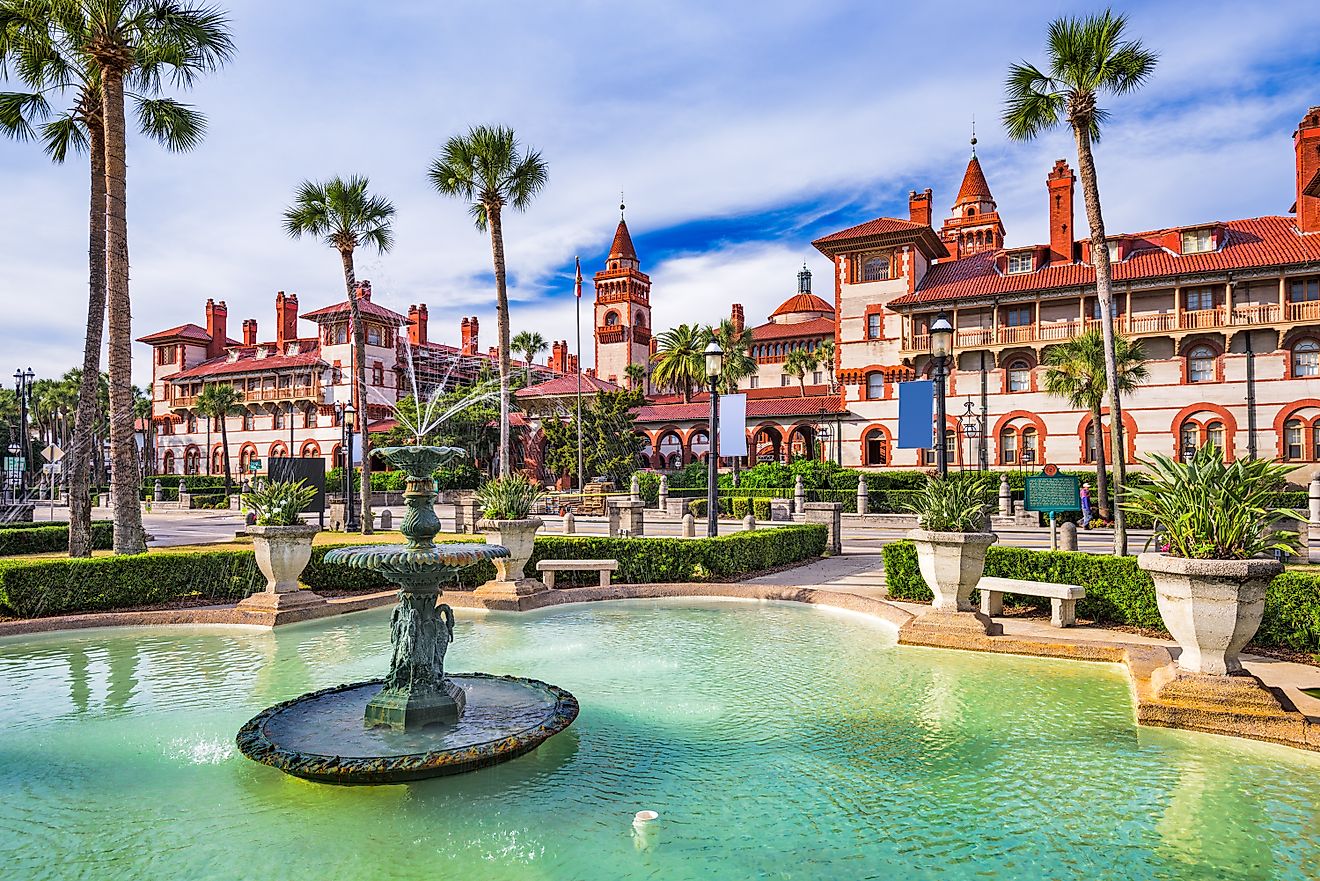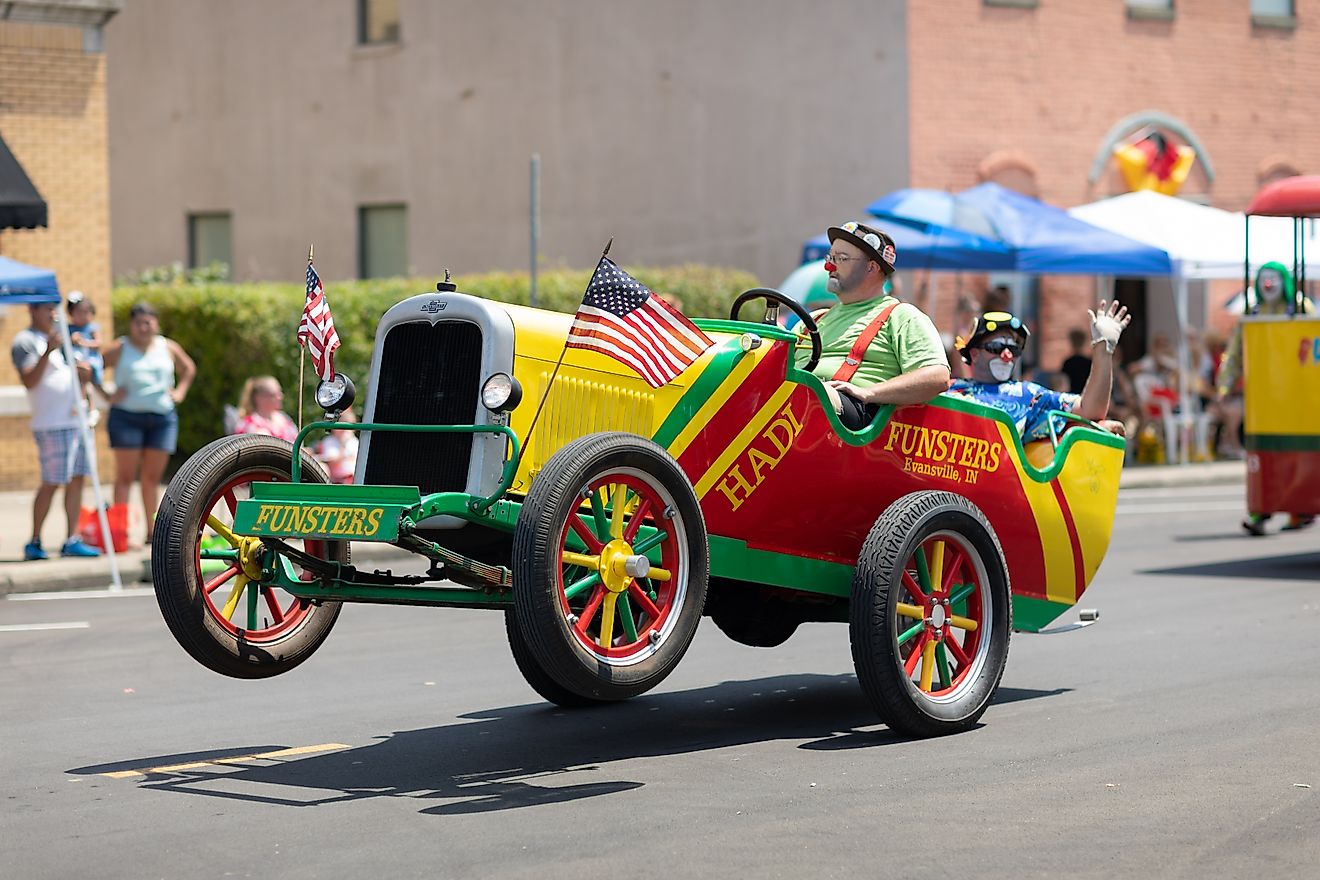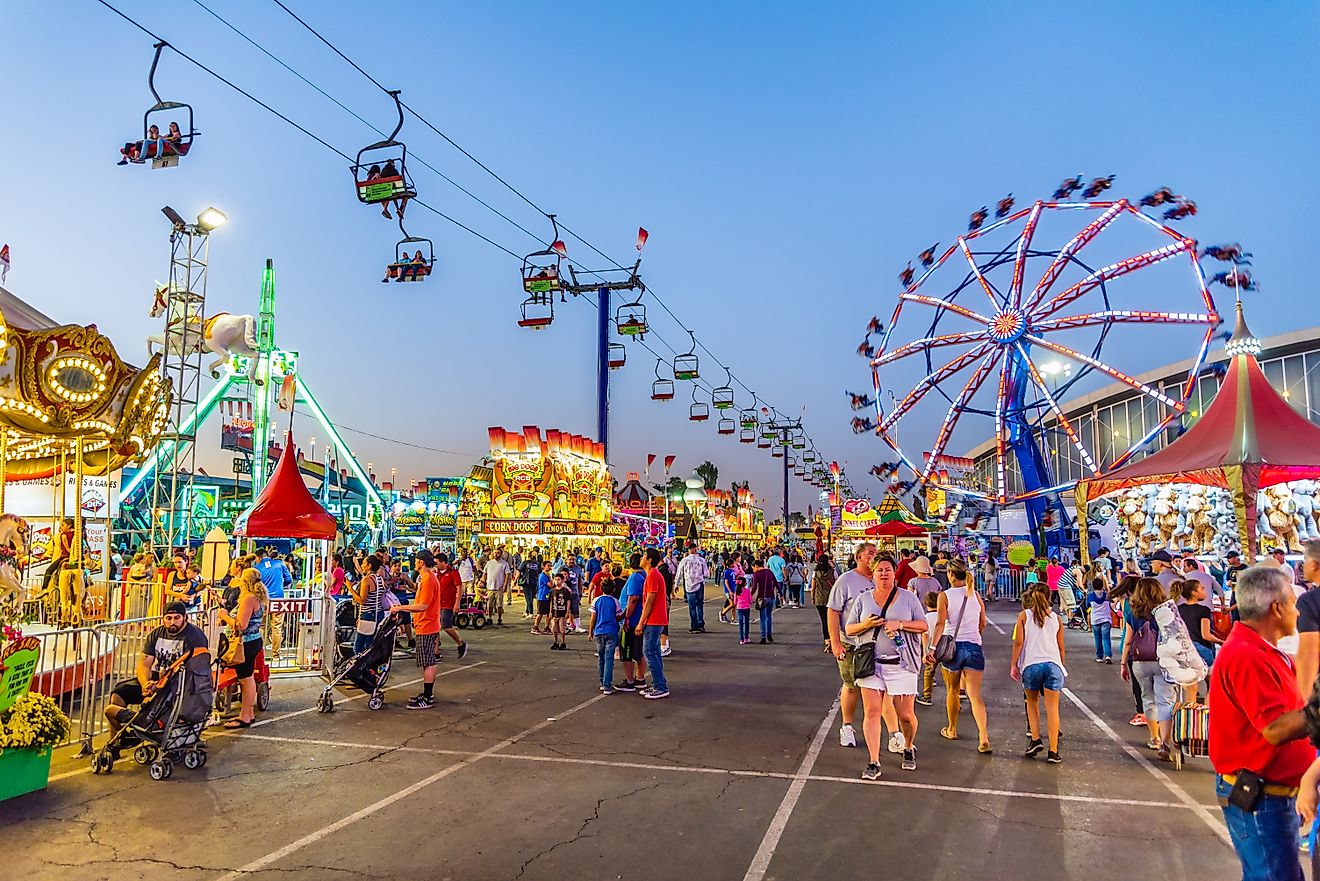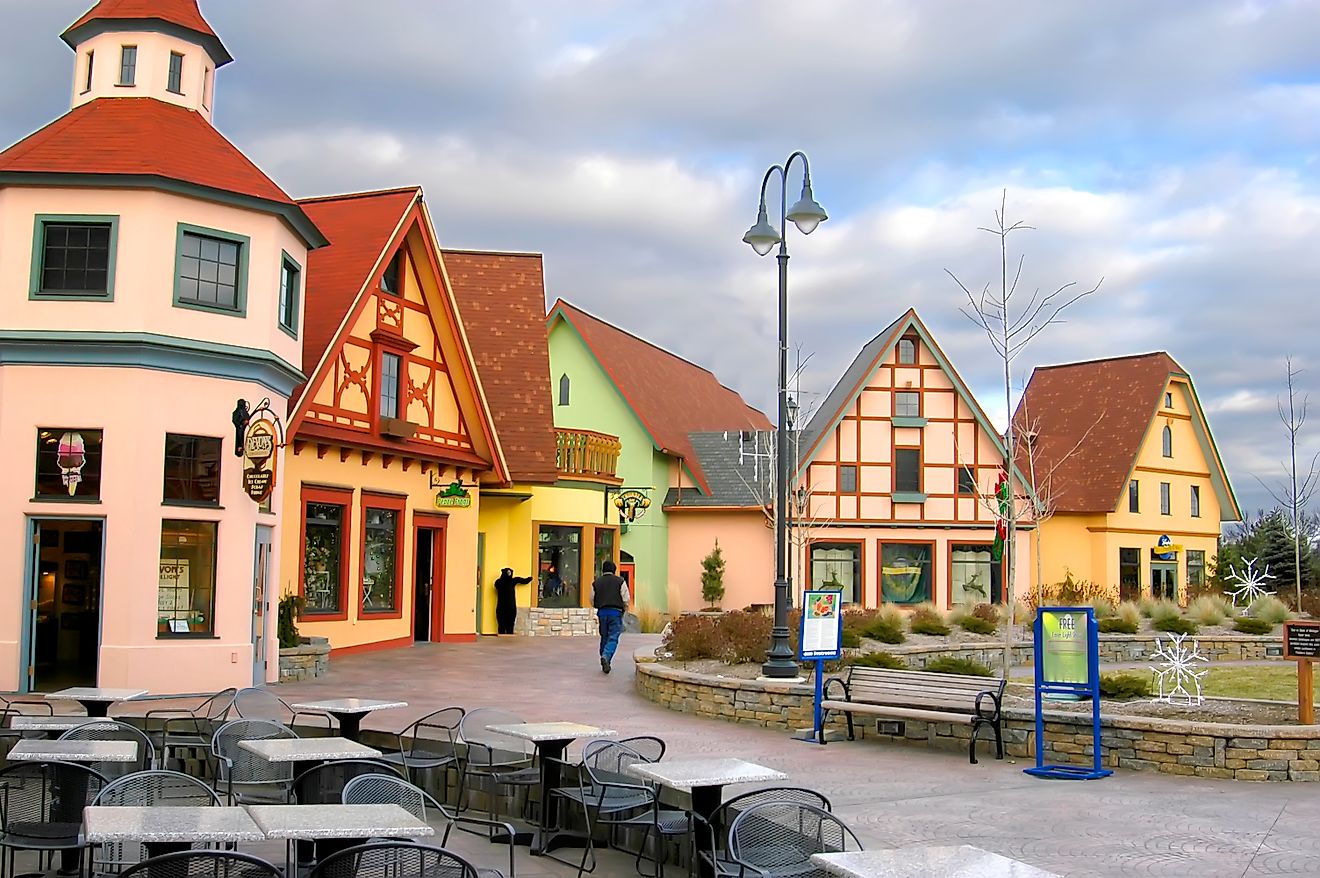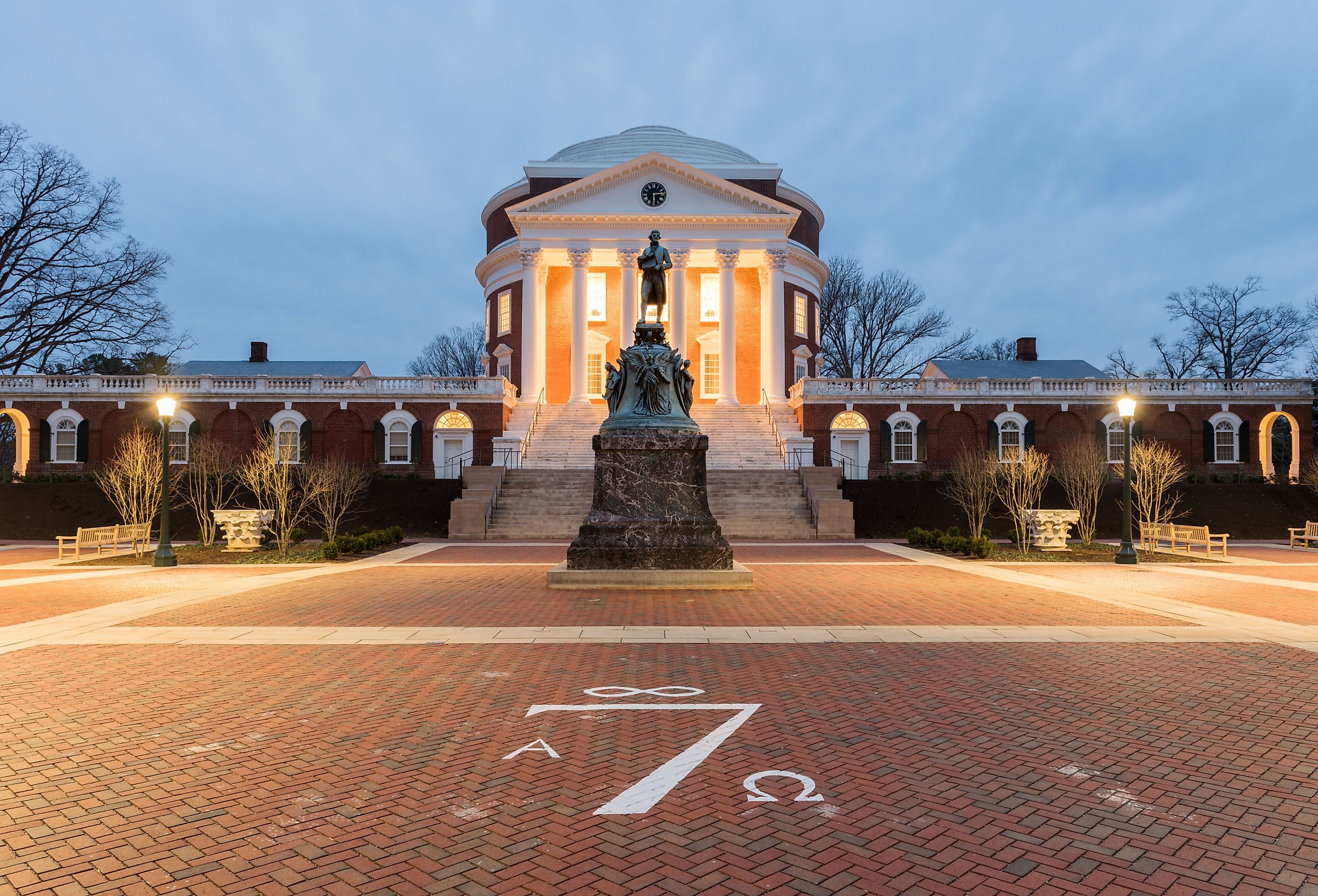
Monticello and the University of Virginia in Charlottesville
Thomas Jefferson, the third president, philosopher, scientist, historian, and author of the Declaration of Independence, inspired and established a number of things in Virginia. Namely, his home plantation of Monticello as well as the University of Virginia and Academical Village in Charlottesville. The sites are significant pieces of American history for visitors to discover, for everyday tourists and history-enthusiasts.These are the locations where Jefferson helped lay the groundwork for self-government and individual liberty, two principles that have allowed The United States to grow into the great country that it is today.
The UNESCO World Heritage Committee chose Monticello and the University of Virginia as wholly representative through their style and thought behind among 60 potential World Heritage Sites. These sites are recognized as historically significant and valuable for future generations as windows into America's early history.
Symbolism
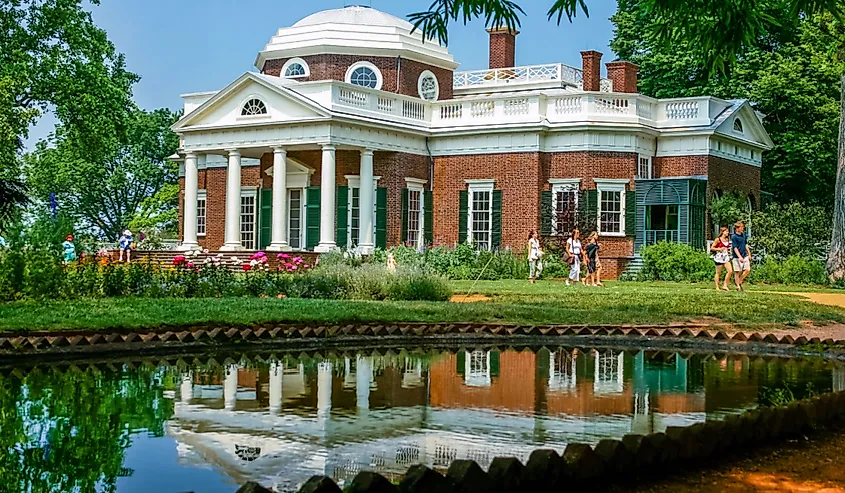
Monticello represents Jefferson's symbol of Enlightenment: ideals about the rights of men, crafted into a self-governing and liberal nation that stands behind human equality. Finding the university in 1819 was one of his greatest achievements, which he called "the hobby of my old age." Today, on Independence Day, the first-class naturalization of new citizens takes place thoughtfully on the steps of Monticello, honoring Jefferson's authorship of the Declaration of Independence.
From 1817 to 1826, Jefferson designed the green-terraced Academical Village in Charlottesville, Virginia, which was eight kilometers away from his Monticello plantation. The village was composed of buildings, gardens, and the village center piece (a majestic rotunda at the north end of the lawn) as the most identifiable symbol of the university. The Rotunda, half the height and width of Rome's Pantheon which inspired the structure in the first place, represents the ancient Roman principles of freedom, nobility, self-determination, and prosperity. These themes are all linked to education and agriculture.
Jefferson's Adaptation of Ideas and Features
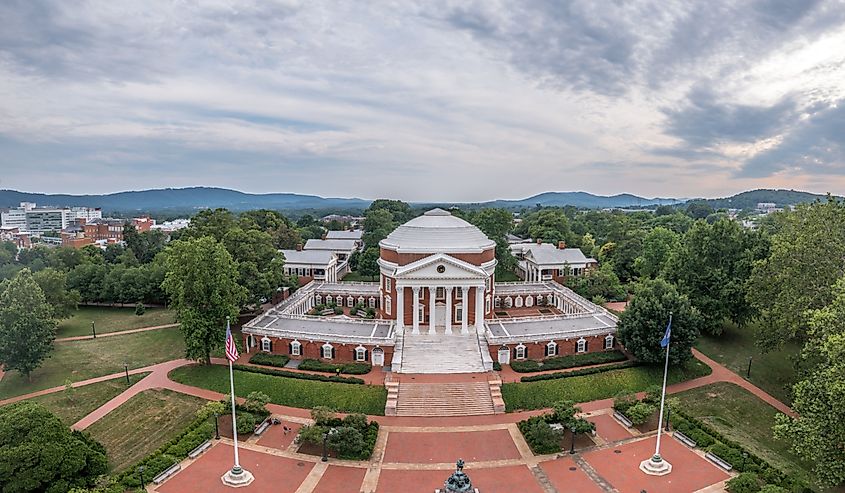
Each of the neoclassical sites inspired by Jefferson is distinct in its antiquity. Each place combines the shared history of the nation seamlessly with the values of education and agriculture. The Monticello plantation house features a dome and porticos supported by Doric columns, as well as cornices and friezes derived from classical Roman buildings. The Academical Village's ten pavilions each have features from published classical models combined with ideals of ancient Rome. Each pavillion offers different lessons in the classical orders and architecture.
The symbolism has held relevance since its construction and continues to today and undoubtedly for generations to come. Jefferson's sites illustrate his wide variety of interests, including classical architecture, design, and philosophy. His own structures are adaptations of classical architecture in contemporary architecture, contributing significantly to Neoclassicism.
Monticello and the Village sites have drawn international attention as reflections of Jefferson's aspirations for the new character of the American republic since construction began. Architects also appreciate their originality, design, and refined proportions and décor. Visit the Academical Village today at the heart of the University of Virginia for a stroll along its unique u-shaped plan to the Rotunda, with pavilions, hotels, student rooms, and garden rows in the south. The Neoclassical buildings blend marvelously in their functionality, natural setting, and symbolism.
Integrity
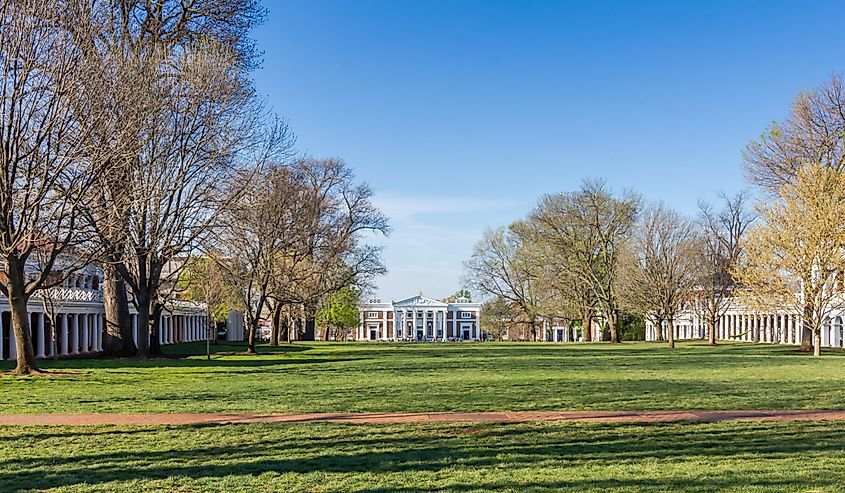
The Monticello building is intact and unchanged, except for steel beams to support the floors, temperature and humidity controls, as well as some minor mid-century physical repairs. Jefferson's original tract of land, never significantly altered after his death, is owned largely by the Thomas Jefferson Foundation at Monticello.
The acquired land around the property ensures conservation and secures views from the mountaintop, where Monticello's estate and buildings are accentuated by the scenic setting of the Southwest Mountains in the Virginia Piedmont. Likewise, the University of Virginia and key buildings in Jefferson's Academical Village are thoughtfully positioned among landscape features.
The Sites Today
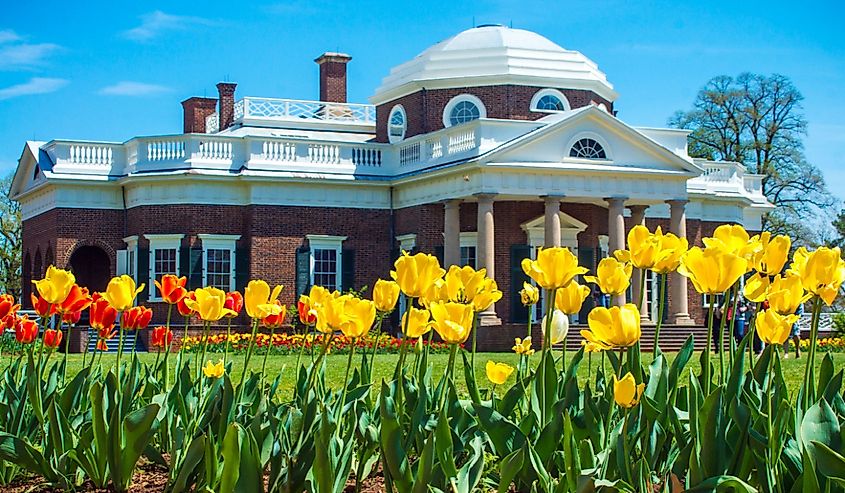
Architects and historians who study the University of Virginia, as well as its students and staff, will tell you that the institution continuously aspires to Jeffersonian stewardship of the precinct by raising its standards. Simultaneously, maintaining the integrity of the building itself is ensured through curated, systematic actions. The quality of initial components is reflected in minimal wear and tear over time and consistent use, where there are no adverse effects from lack of quality, development, or neglect.
The Academical Village, or "Jeffersonian precinct," has been used as intended since construction. A fire in 1895 wreaked havoc on the Rotunda, nearly destroying it entirely. It was restored and redesigned by architect Stanford White, who complied with the sources of Jefferson’s inspiration. In the 1970s, a Jeffersonian interior was recreated in the Rotunda, while the pavilions were expanded in the 20th century. The gardens were redesigned in a Colonial Revival style, using heirloom plants from the early 1800s.
Preservation
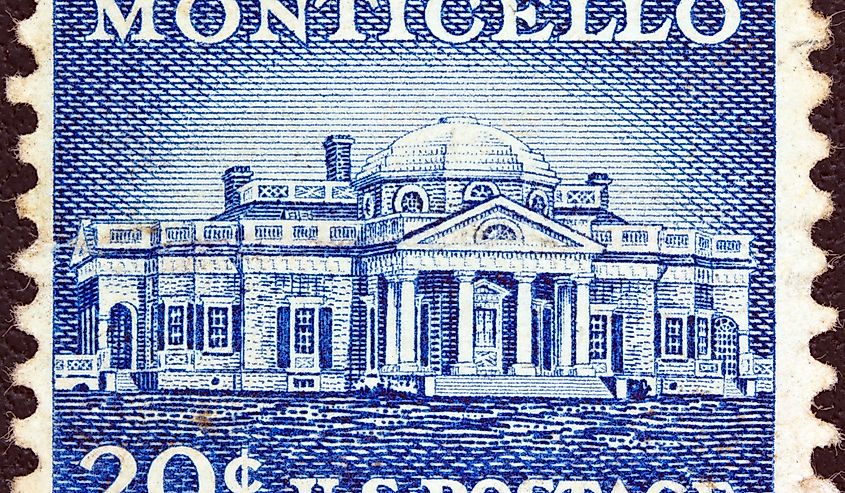
Both Monticello and the University of Virginia's Academical Village in Charlottesville are "substantially authentic" in forms, designs, materials, substance, locations, settings, uses, and functions. The Thomas Jefferson Foundation is handling development issues around commercialism, which poses the greatest threat to Monticello. Pollution, invasive critters, and insects present challenges to the university village. The site also deals with humidity damage, and has since had scrubbers installed on coal power plants to reduce emissions, and immunizing trees against the Emerald Ash Borer beetle.
Tourism
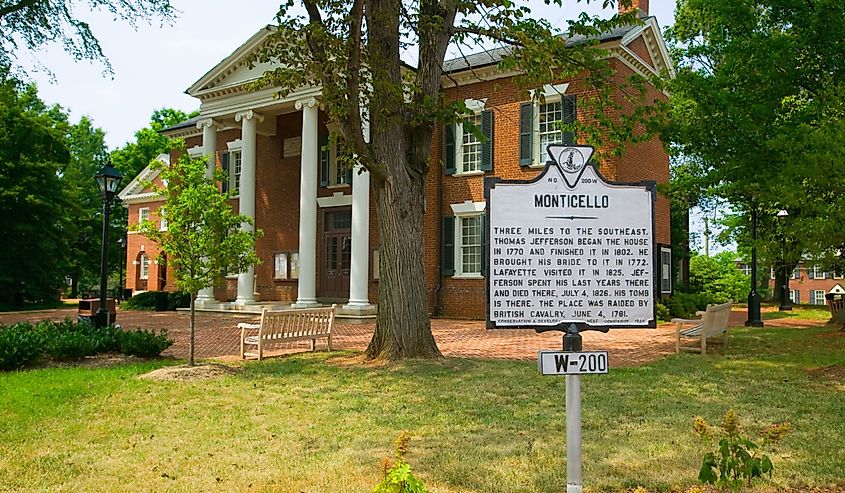
Visiting Monticello and the University
The architectural masterpieces of Monticello and the University of Virginia are both World Heritage Sites and are among the best places to visit in the United States. The city of Charlottesville also ranks highly in livability and a rich history that includes Thomas Jefferson, in addition to being the home to Presidents James Madison and James Monroe. Visit the sites and enjoy the city's food, history, arts, and great outdoors.
Jefferson's Gravesite
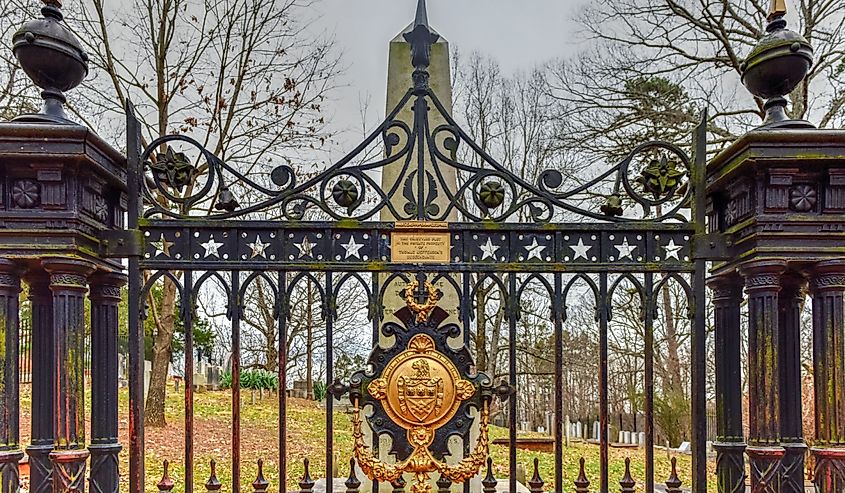
Pay a visit to the great man himself at the site of his burial, where he instructed the monument to be erected over his grave. Jefferson left a sketch of the marker's shape and the epitaph with which he wanted it to be inscribed only on the faces of the obelisk. Find the obelisk in the Monticello Graveyard that reads, "Here was buried Thomas Jefferson, author of the Declaration of American Independence, the Statute of Virginia for religious freedom, and father of the University of Virginia." These are the testimonials by which Jefferson lived and wished to be remembered after his death.
Activities and Attractions
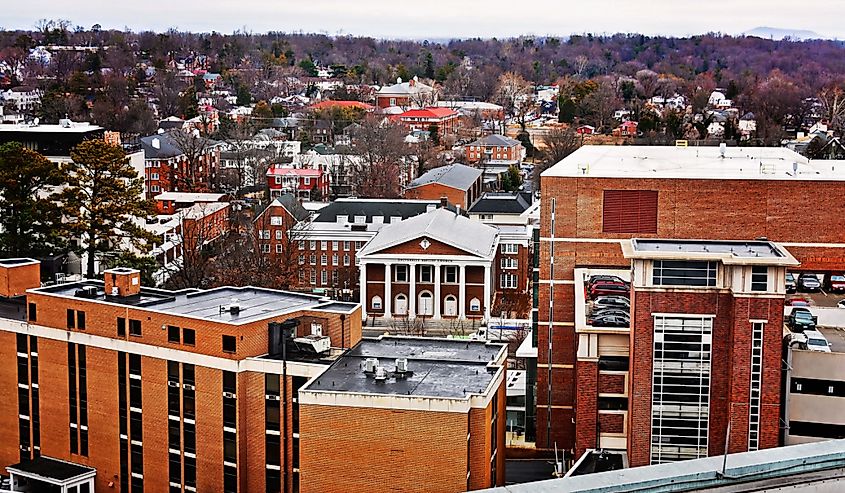
There are also many attractions geared toward tourists that ensure comfort and make the most of the day spent around the sites. Reap historical insights on a stroll through the university and the village; this is the original intent of declaring these sites UNESCO World Heritage Sites. Tour the Monticello main house and explore the gardens and grounds, including Mulberry Row, the main street of the 5,000-acre Monticello plantation. You can take a shuttle bus ride or hike along the walking trail from the Visitor Center to the main house. Off-flash photography or videography can be used for personal, educational, and non-commercial purposes around the property, both inside and outside the house.
The city of Charlottesville has plenty of open space for outdoor activities, literary and film festivals, thriving arts, a shopping scene, antiquing, golf, and University of Virginia sports. Enjoy family fun at the Downtown Mall, Parks and Recreation, and the Virginia Discovery Museum. Eat, drink, and be merry at over 200 restaurants and 21 wineries in Charlottesville, from fine French cuisine to delicious eateries, as well as at Jefferson Vineyards and the Monticello Wine Trail. Choose from a score of hotels, motels, B&Bs, and even campgrounds in the Charlottesville area at a range of prices within a 15-minute radius by car from Monticello.
Conclusion
Thomas Jefferson, the author of the American Declaration and 19,000 letters written prior to his death in 1826, was a gifted neoclassical architect. He designed Monticello (1769–1809), his plantation home, and the "ideal academical village" (1817–26), at the heart of the University of Virginia, to this day.
Jefferson's use of "architectural vocabulary" was based on classical antiquity. It came to symbolize how the state of America was inspired and matured through inherited European heritage and cultural experimentation throughout its evolution.

